The National Geographic Photo Ark is an ambitious project committed to documenting every species living in the world’s zoos and wildlife sanctuaries—inspiring people not just to care, but also to help protect these animals for future generations. The National Geographic Photo Ark is a compelling and visually powerful project that aims to photograph species before it is too late. In addition to creating an archival record for generations to come, this project is a hopeful platform for conservation and shines a light on individuals and organizations working to preserve species around the world.
National Geographic is showcasing this important project through multiple platforms, including a traveling National Geographic exhibition, “National Geographic Photo Ark,” that opened at Zoo Miami on November 16, 2018. Featuring the work of National Geographic photographer and Fellow Joel Sartore, the exhibition will be on display until October 9, 2019. This exhibition is organized by the National Geographic Society and Omaha’s Henry Doorly Zoo and Aquarium.
Sartore estimates the completed National Geographic Photo Ark will include portraits of over 12,000 species representing several animal classes, including birds, fish, mammals, reptiles, amphibians and invertebrates. In what will be the largest single archive of studio-quality photographs of biodiversity ever, the National Geographic Photo Ark continues to move toward its goal of documenting these 12,000 species in captivity, thanks in part to Sartore’s enduring relationships with many of the world’s zoos and aquariums. These iconic portraits have captured the imagination of people around the world and have even been projected on the Empire State Building and St. Peter’s Basilica in Rome.
The “National Geographic Photo Ark” exhibition will highlight more than 50 of Sartore’s most compelling images and provide visitors with the unique opportunity to come face to face with animals from the National Geographic Photo Ark. Sartore has worked in more than 250 zoos, aquariums and animal rescue centers around the world. Many of the images featured were taken at Zoo Miami including the images of the cheetah and tree kangaroo. Visitors will learn about the project, its mission and its conservation efforts by Zoo Miami which include The Harpy Eagle Project, the Florida Panther Recovery Program and the Cheetah Ambassador Program, among many others.
“The National Geographic Photo Ark has already inspired millions around the world with the message that it is not too late to save some of the world’s most endangered species,” said Kathryn Keane, vice president of Exhibitions, National Geographic Society. “Joel Sartore has demonstrated what one man can do using the power of photography—and now National Geographic wants to inspire people all over the country to contribute to this global challenge.”
National Geographic Photo Ark exhibitions have appeared at venues around the world, including Omaha’s Henry Doorly Zoo and Aquarium, the Dallas Zoo and the Cincinnati Zoo. Additional venues may be announced soon. The exhibitions accompany a new National Geographic book, Birds of the Photo Ark (National Geographic Books; on sale March 6; $30.00. National Geographic Photo Ark fans are also invited to join the conversation on social media with #SaveTogether and learn more about how to get involved with the project at NatGeoPhotoArk.org
“Joel Sartore is certainly one of the premiere photographers of our generation. As a National Geographic Fellow, he has helped to connect countless people around the world to the wonders of wildlife and the need to protect it. It is an honor and a privilege to host more than 50 examples of his precedent-setting Photo Ark project in hopes of inspiring our guests to help ensure that these amazing animals are around for future generations,” said Ron Magill, Zoo Miami Goodwill Ambassador/Director of Communications.
Photos Courtesy National Geographic


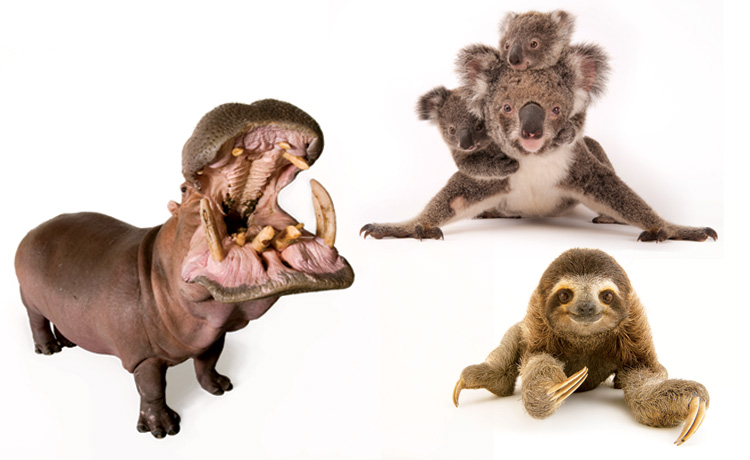
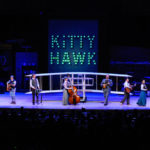

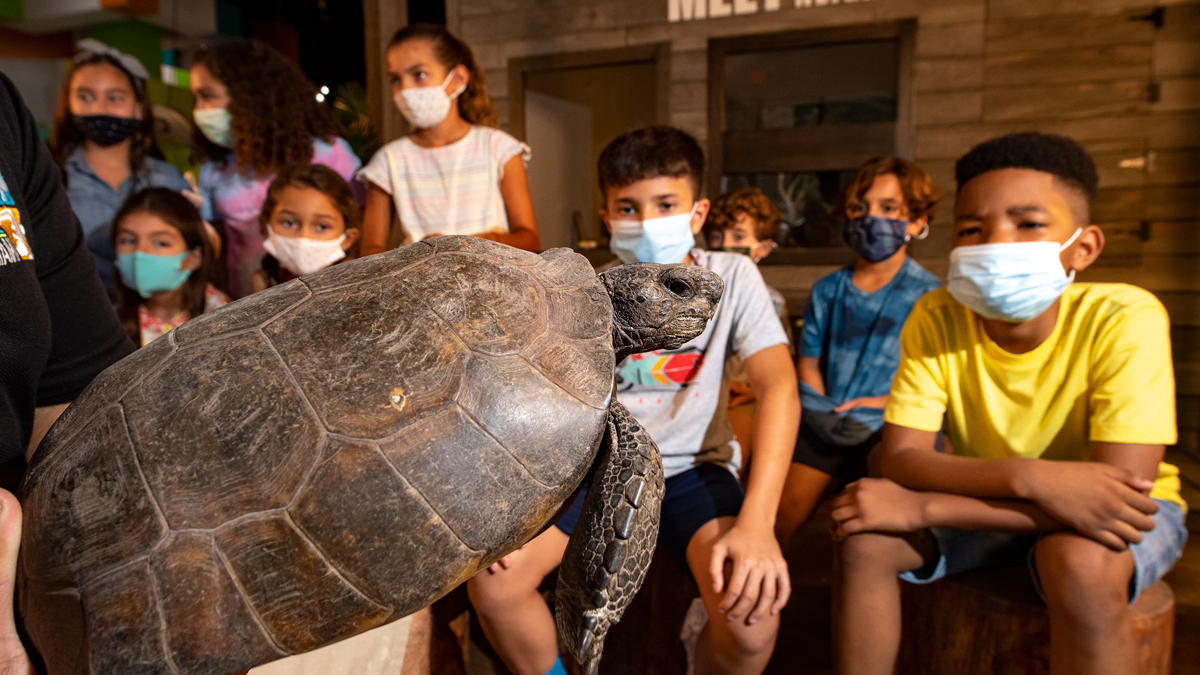
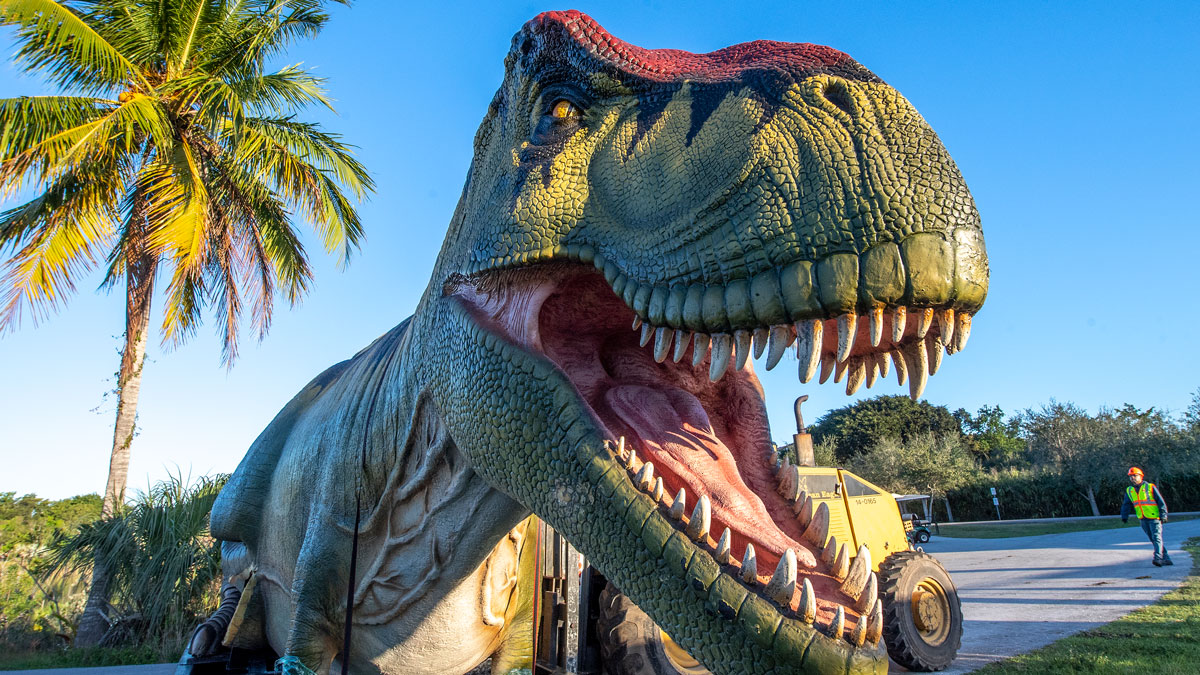
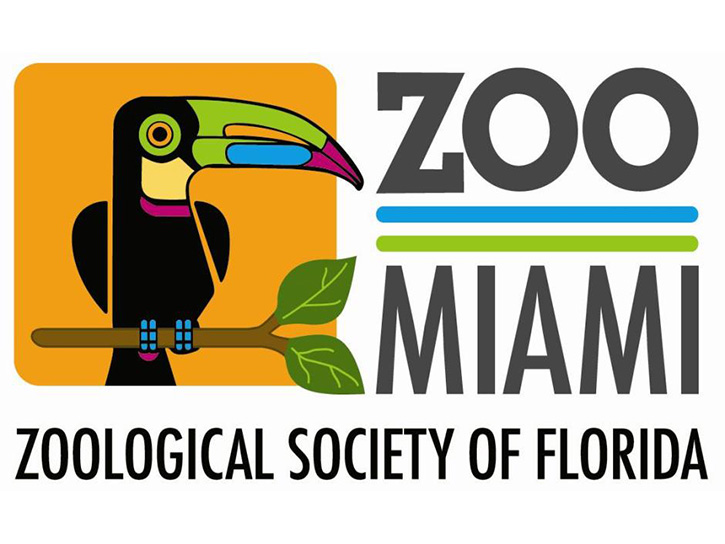
 Deering Estate
Deering Estate
 Massage Envy South Miami
Massage Envy South Miami
 Calla Blow Dry
Calla Blow Dry
 My Derma Clinic
My Derma Clinic
 Sushi Maki
Sushi Maki
 Sports Grill
Sports Grill
 The Healthy Kitchen
The Healthy Kitchen
 Golden Rule Seafood
Golden Rule Seafood
 Malanga Cuban Café
Malanga Cuban Café

 Kathleen Ballard
Kathleen Ballard
 Panter, Panter & Sampedro
Panter, Panter & Sampedro
 Vintage Liquors
Vintage Liquors
 The Dog from Ipanema
The Dog from Ipanema
 Rubinstein Family Chiropractic
Rubinstein Family Chiropractic
 Your Pet’s Best
Your Pet’s Best
 Indigo Republic
Indigo Republic




 ATR Luxury Homes
ATR Luxury Homes


 2112 Design Studio
2112 Design Studio
 Hamilton Fox & Company
Hamilton Fox & Company
 Creative Design Services
Creative Design Services
 Best Pest Professionals
Best Pest Professionals
 HD Tree Services
HD Tree Services
 Trinity Air Conditioning Company
Trinity Air Conditioning Company
 Cisca Construction & Development
Cisca Construction & Development
 Mosquito Joe
Mosquito Joe
 Cutler Bay Solar Solutions
Cutler Bay Solar Solutions


 Miami Royal Ballet & Dance
Miami Royal Ballet & Dance
 Christopher Columbus
Christopher Columbus
 Pineview Preschools
Pineview Preschools
 Westminster
Westminster
 Carrollton
Carrollton
 Lil’ Jungle
Lil’ Jungle
 Frost Science Museum
Frost Science Museum
 Palmer Trinity School
Palmer Trinity School
 South Florida Music
South Florida Music
 Pinecrest Orthodontics
Pinecrest Orthodontics
 Dr. Bob Pediatric Dentist
Dr. Bob Pediatric Dentist
 d.pediatrics
d.pediatrics
 South Miami Women’s Health
South Miami Women’s Health

 The Spot Barbershop
The Spot Barbershop
 My Derma Clinic
My Derma Clinic




 Miami Dance Project
Miami Dance Project

 Rubinstein Family Chiropractic
Rubinstein Family Chiropractic
 Indigo Republic
Indigo Republic

 Safes Universe
Safes Universe
 Vintage Liquors
Vintage Liquors
 Evenings Delight
Evenings Delight





 Atchana’s Homegrown Thai
Atchana’s Homegrown Thai
 Baptist Health South Florida
Baptist Health South Florida

 Laser Eye Center of Miami
Laser Eye Center of Miami
 Visiting Angels
Visiting Angels
 OpusCare of South Florida
OpusCare of South Florida

 Your Pet’s Best
Your Pet’s Best





 HD Tree Services
HD Tree Services
 Hamilton Fox & Company
Hamilton Fox & Company


 Creative Design Services
Creative Design Services